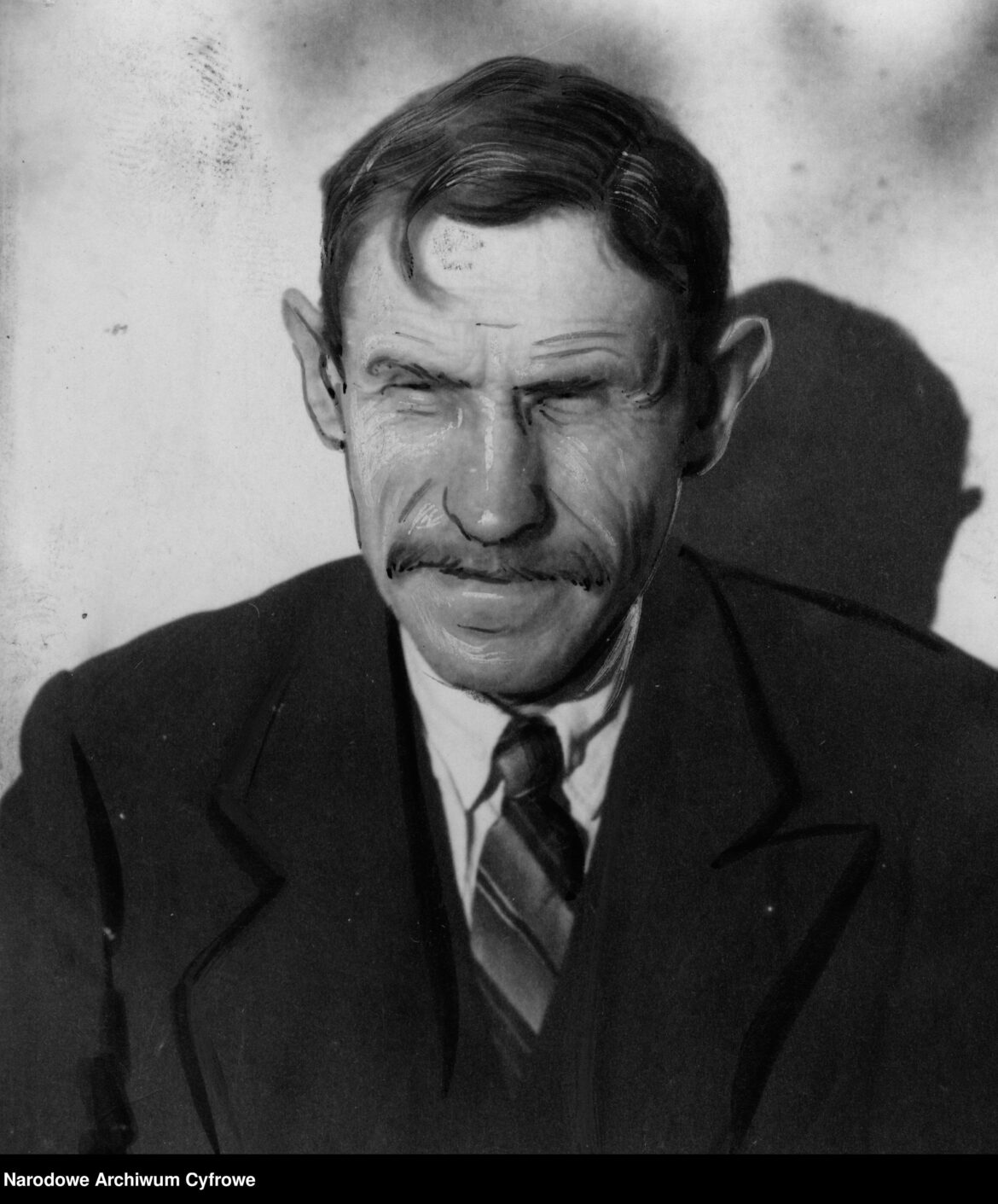According to estimates derived from the 1921 and 1931 censuses, the Second Polish Republic was inhabited by between 2.3% and 3.8% of Germans. The largest concentrations of the German population were in the lands that had been within the borders of Prussia until the end of the First World War, i.e. Greater Poland, Silesia and Pomerania. In addition, in the former Russian partitioned territories, Germans lived in so-called colonies, i.e. villages inhabited by German settlers. A significant percentage of this minority also lived in the so-called new, industrial centres, i.e. in the towns of the Łódzkie Region or Zagłębie Dąbrowskie. They were established in the second half of the 19th century.
Polish-German relations in the international forum were very tense in the interwar period, especially in the 1930s. This was reflected in the relations between the German minority and the Polish population. Hostility towards Polishness was spread by German organisations, both those directly established to propagate Nazi beliefs and those set up for other purposes, but imbued with Hitlerism, as it was most often described at the time. They included the Jungdeutsche Partei in Polen, the Deutsche Vereinigung, the Deutscher Volksbund, and the Deutsche Volksverband in Polen.
At the outbreak of the Second World War, a significant number of Germans living in Poland contributed to a greater or lesser extent to actions against the Polish state and Poles. Recalling his military service in the last months of peace, General Stanislaw Sosabowski (1892-1967) assessed the behaviour of citizens of German nationality as follows: “The spy penetration stretched very far. It was all the easier as there were settlements inhabited by German colonists around Modlin”. (“The road led by a fallow”, London 1967).
The German population not only helped to obtain data that was strategically important to the Germans, but also provided information on individuals involved in Polish social and political life, contributing to a certain extent to the creation of the ‘Special Identification Book for Poland’ (Sonderfahndungsbuch Polen), written even before the war. On its basis, the German army and police arrested the most active members of Polish society when they entered Polish territory.





